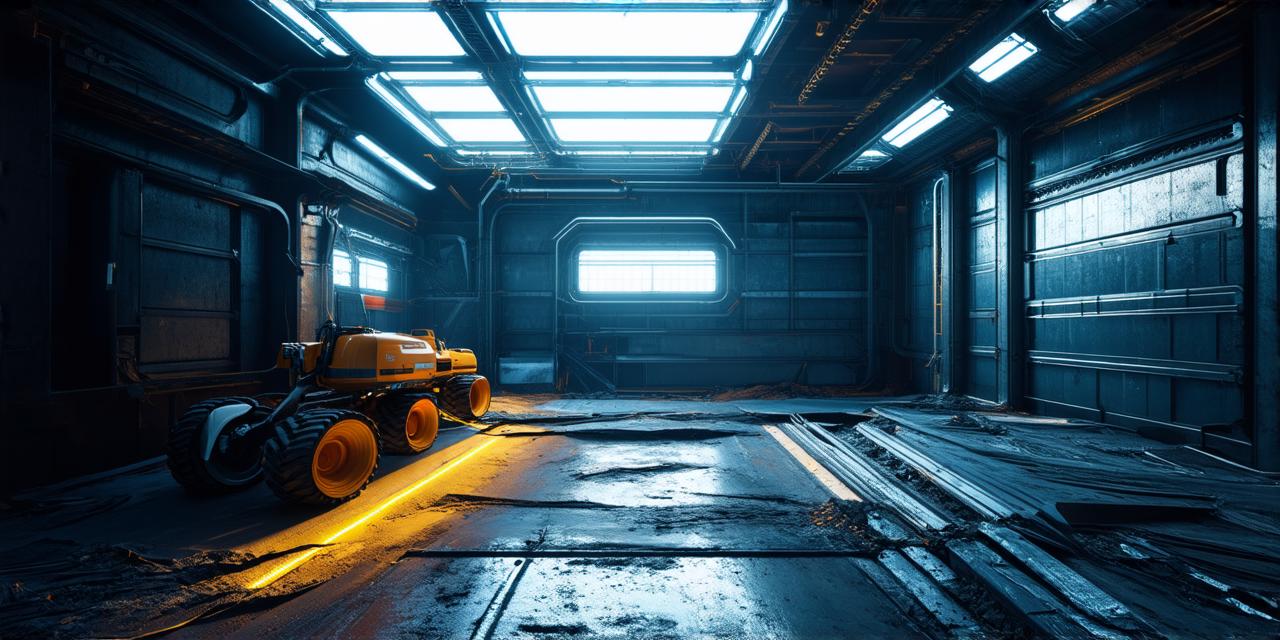Introduction
Virtual reality (VR) technology has revolutionized numerous industries, and construction is no exception. VR allows developers to visualize and experience projects in a way that was previously impossible.
By using VR, construction professionals can better plan, design, and build structures, saving time and money while improving the overall quality of their work.
Virtual Reality in Construction: A Beginner’s Guide
Virtual reality is a technology that allows users to experience a computer-generated environment as if they were really there. In recent years, VR has become increasingly popular, particularly in industries like gaming and entertainment. However, virtual reality is also being used in the construction industry to revolutionize the way that projects are planned, designed, and built.
Virtual Reality in Project Visualization
One of the main ways that virtual reality is being used in construction is to create highly realistic 3D representations of projects. These virtual models can be used to show how a building or structure will look and function once it’s finished.
For example, a team of architects might use VR technology to create a virtual representation of a new office building. They could then use this virtual model to test different design options, such as changing the layout or adding new features. By using VR, they can quickly and easily see how these changes would affect the overall look and feel of the building.
Virtual Reality in Project Planning
Another way that virtual reality is being used in construction is to help with project planning. By creating a virtual representation of the project, developers can better understand how different elements will fit together and how they will interact with each other.
For example, a team of builders might use VR technology to create a virtual model of a new residential development. They could then use this model to test different site layouts and building designs, as well as to simulate different weather conditions and other factors that might affect the construction process. By using VR, they can get a better understanding of how the project will progress and identify any potential problems before they become major issues.
Virtual Reality in Project Training
Virtual reality is also being used in construction as a training tool. By creating highly realistic simulations of construction sites, VR technology can help workers develop the skills they need to do their jobs safely and effectively.
For example, a construction worker might use VR technology to practice operating heavy machinery or to learn how to properly use safety equipment. By using virtual reality for training, developers can create a safe and controlled environment in which workers can practice their skills without risking injury or damage to property. This can help reduce the overall cost of training and improve the overall safety of construction sites.
The Benefits of Virtual Reality in Construction
Virtual reality technology offers many benefits for the construction industry, including:
- Improved project visualization: By creating a highly realistic virtual representation of a project, developers can get a better understanding of how the project will look and function once it’s finished.
- Better project planning: Virtual reality technology allows developers to simulate different design options and test how they will affect the overall look and feel of the project. This can help them identify potential problems early on and make adjustments as needed.
- Increased safety: Virtual reality technology can be used to create safe and controlled environments for workers to practice their skills. This can help reduce the risk of injury or damage to property and improve the overall safety of construction sites.
- Reduced costs: By improving project visualization, better planning, and increased safety, virtual reality technology can help developers save time and money on construction projects.
Real-Life Examples of Virtual Reality in Construction
There are many real-life examples of how virtual reality is being used in the construction industry.
